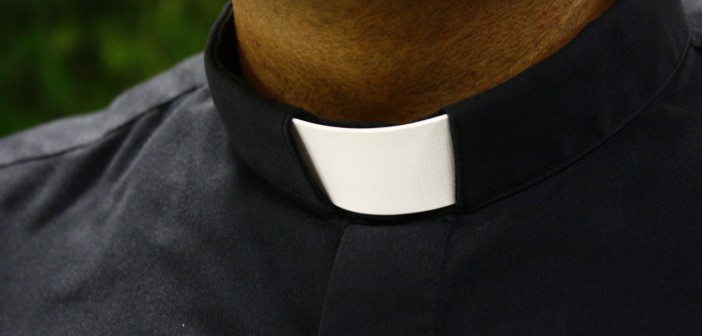For the past ten years, the Lewis Center in partnership with the General Board of Pension and Health Benefits has reported annually on Clergy Age Trends in the United Methodist Church. The Lewis Center prepares these reports so that church leaders can see the most important trends in clergy numbers and ages in such a way that they understand these trends, can easily share them with others, and act upon the findings.
The number of young elders hit an historic low in 2005 and has increased by almost 100 (or about 12 percent) since then.
The report covers elders, deacons, and local pastors. Elders are ordained to a ministry of Word, Sacrament, Order and Service. They itinerate and receive an appointment annually by the bishop. Deacons are ordained to a ministry of Word and Service to both the community and a congregation. Deacons are not required to itinerate, nor guaranteed an appointment. A local pastor is licensed and appointed to perform the duties of a pastor in a particular setting. They are not required to itinerate, nor guaranteed an appointment.
Download this video free from Vimeo.
Fewer and Older Elders; More Local Pastors
Elders and local pastors are appointed as pastors of congregations. The number of active elders continues to decline as the number of local pastors grows. Since 1990, there are 6,123 fewer elders and 3,459 more local pastors. In 1990, there were over five elders for each local pastor; today there are two elders for each local pastor. In 2014, there are 15,384 elders and 7,395 local pastors.
Elders between ages 55 and 72 comprise 55 percent of all active elders, the highest percentage in history. This group reached 50 percent for the first time ever in 2010. This age cohort represented only 30 percent of active elders as recently as 2000. Previously their percentage of the total was even lower.
The median age of elders increased to 56 in 2014, the highest in history. The median age was 50 in 2000, and 45 in 1973. The average age remains at 53, an historic high, though unchanged for five years. The mode age (the single age most represented) remains at 61, also a high.
The percentage of elders aged 35 to 54 continues to shrink, from 65 percent of all active elders in 2000 to 39 percent in 2014.
Modest Growth among Young Clergy
The number of young elders hit an historic low in 2005 and has increased by almost 100 (or about 12 percent) since then. The number of young local pastors and deacons, while much lower than elders, has increased at a higher rate since 2005. Today, under-35s make up about 6 percent of elders, 9 percent of deacons, and 8 percent of local pastors.
The gender makeup of young elders is becoming more balanced. Thirty-nine percent of under-35 elders are female. Over three-quarters of young deacons are women. The gender makeup is almost the opposite for local pastors, three-quarters of whom are men.
For many years the highest concentrations of young clergy elders have been in the Southeastern and South Central Jurisdictions. That trend continues in 2014, but the North Central Jurisdiction made the greatest gains in young elders in the past year.
Much more information is available in the complete Clergy Age Trends report, which is available for download free of charge. The full report includes detailed data for every annual conference.
- Clergy Age Trends 1985-2014
- The Crisis of Younger Clergy by Lovett H. Weems, Jr. and Ann A. Michel







